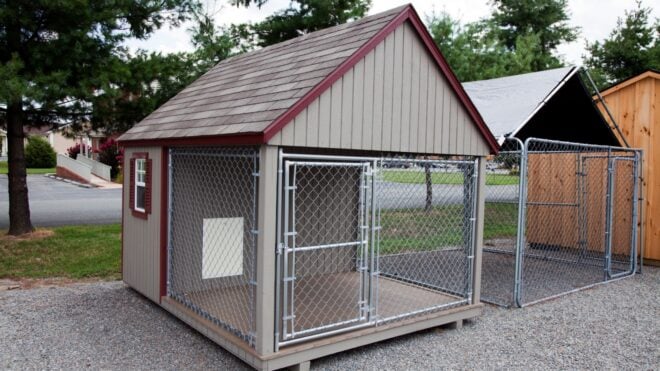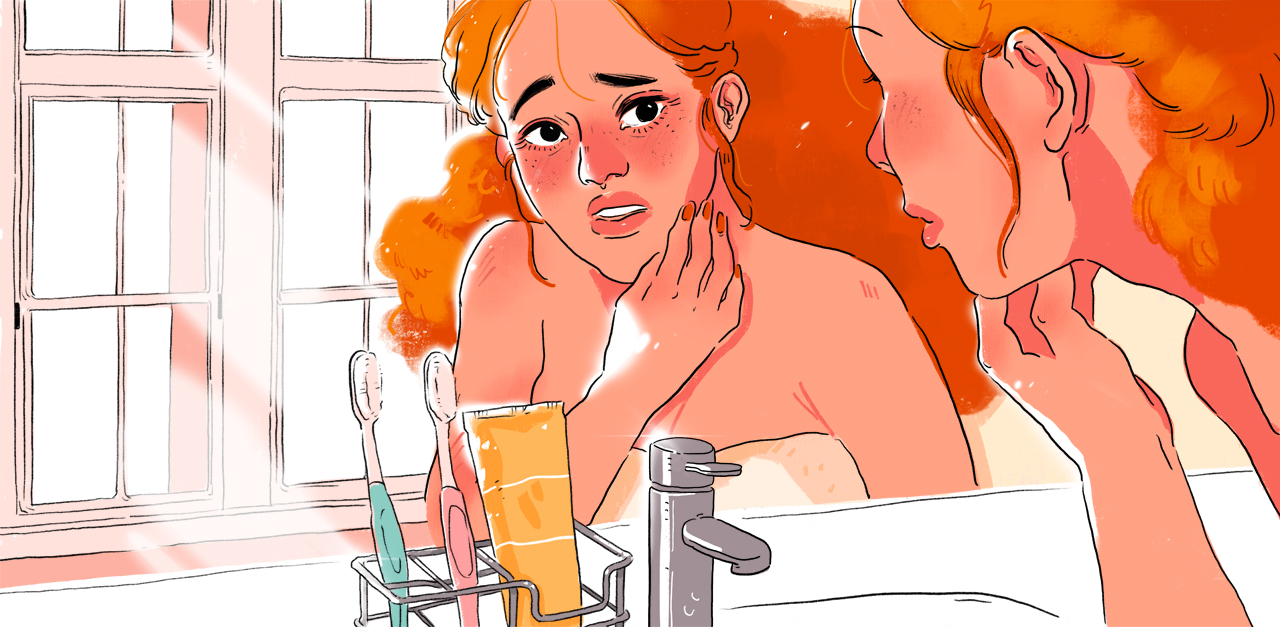
If there’s one organ of our body that we probably take for granted more than any other, it would be the largest one we have — our skin. It’s the tissue that covers up our entire body; however, other than perhaps putting a few swipes of makeup on our face or applying lotion when we get out of the shower, most of us don’t worry about how sun damage is affecting us. Unless something goes wrong, that is.
That’s what this article is about. Over the next few minutes, we’re going to explore one of the most common ways to damage our precious skin — overexposure to the sun.
If this summer’s sun has given you some sun damage, the good news is that, in many cases, even once the damage has been done, there are some proven ways to effectively repair — and sometimes even reverse — it.
Are you ready to learn more about how you can treat your skin if it has been damaged by the sun?
What Exactly Is Sun Damage?

You might’ve heard that you should never stand in front of the microwave while it's running due to the radiation damage that it can cause. The reality is older ones (like microwaves from back in the '40s and '50s) posed these kinds of threats. Thankfully, technology has made progress since then.
The reason why we’re bringing this up is that something that (old) microwaves and the sun have in common is they both emit radiation; the sun does it in the form of electromagnetic rays. When we spend a certain amount of time being exposed to these rays (if you have fair skin, this can be as little as 10 minutes), our skin can get a “burn” that we think of as a tan. Yep, a tan is actually a form of sun damage — more specifically, DNA damage.
What Are the Results of Sun Damage?
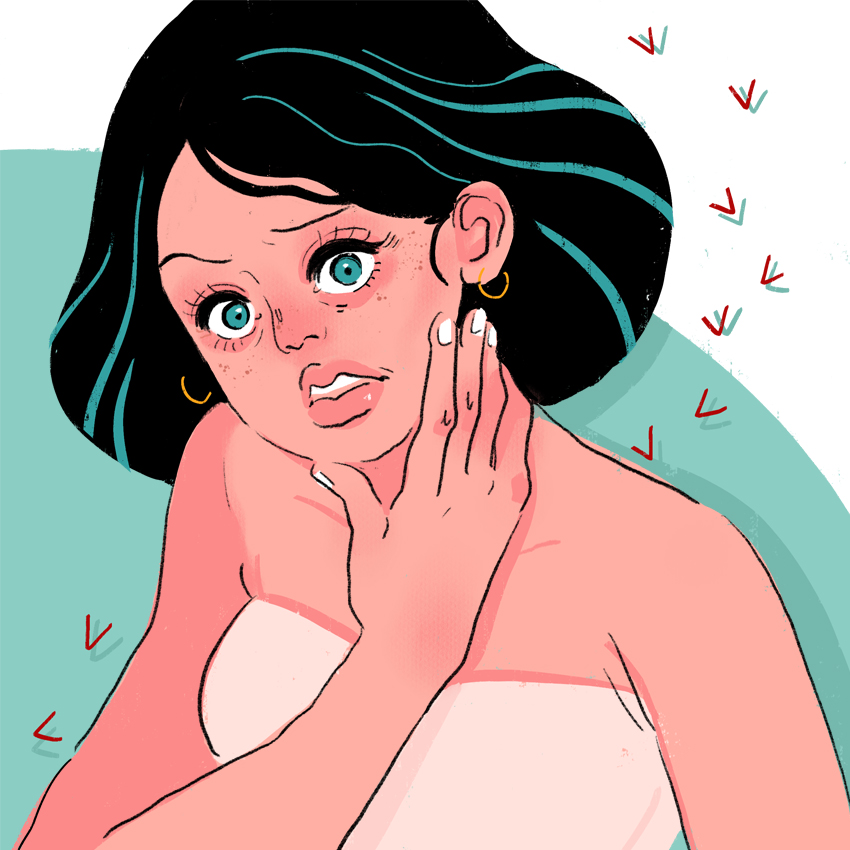
A nice golden tan isn’t the only indication that you might have sun damage. Dry skin, sunburn poisoning, small bumps known as actinic keratoses, and fine lines and age spots are all pretty big clues that you have at least a little bit of sun damage on your skin.
What’s the Most Popular Way to Reverse Sun Damage?
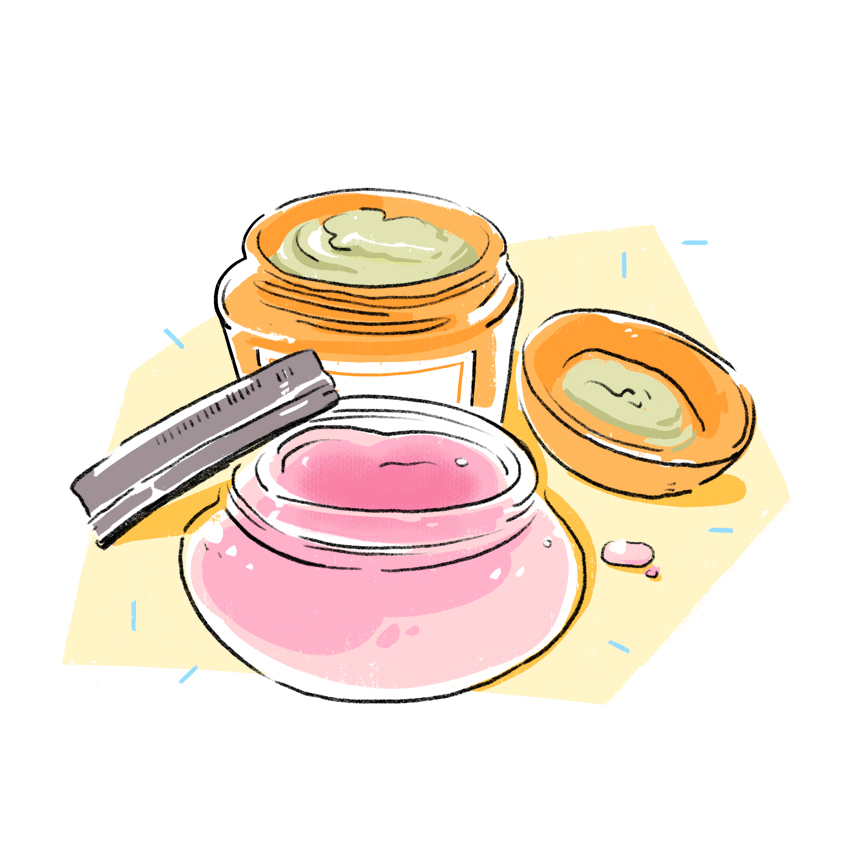
So what do most people do when they see signs of skin damage on their skin? Believe it or not, probably the most popular form of treatment is to apply skin-lightening cream (which doesn't actually help the damage) or apply a retinol or chemical peel to the damaged areas.
Depending on the severity of the damage that’s been done (something a dermatologist would have to confirm), some of these treatments might be helpful. But one of the very best ways to handle sun damage is to take the necessary steps to avoid getting it in the first place.
What’s the Easiest Way to Prevent Sun Damage?

If you plan on being out in the sun for longer than a couple of minutes, you should apply a sunscreen with a minimum SPF 30 in it. SPF stands for sun protection factor, and 30 means “30 times more protected than if you had on no sunscreen at all.”
If you plan on spending a few hours out in the sun, add an additional layer of protection by wearing a cover-up over your swimsuit, a pair of sunglasses, and a hat to protect your hair (because yes, your hair can experience sun damage, too).
Oh, and for the record, sun damage doesn’t only happen in the summertime. Although the sun might be the most potent during that time of the year, so long as the sun is shining, you run the risk of getting sun damage. That’s why it’s important to wear sunscreen, even during the winter season.
Now that you know what sun damage is and how you can prevent it, here are some ways to treat it.
How to Reverse Sun Damage 1. Exfoliate

The technical term for the outer layer of your skin is “stratum corneum." When it’s damaged by the sun, it can make your skin appear blotchy and uneven. One of the best ways to return your skin to glowing and an even tone is to exfoliate it.
You can do it with at-home items like brown sugar, baking soda, or a loofah scrub with salt and olive oil. Or you can try what is called the “dry brush method.” All you need to do is rub a wooden brush (that’s made to brush your skin) on your dry skin in a circular motion. Not only does dry brushing remove dead skin cells, but it can also help to stimulate your lymphatic system.
2. Apply Sunscreen

The only thing worse than sun damage is more sun damage. That’s why applying sunscreen has made our list of ways to repair/reverse sun damage. Just make sure that you thoroughly research the kind your skin type needs beforehand because there are some sunscreens on the market that can end up doing more harm than good.
If you’d prefer to make your own sunscreen, check out this natural homemade sunscreen recipe.
3. Drink Lots of Water
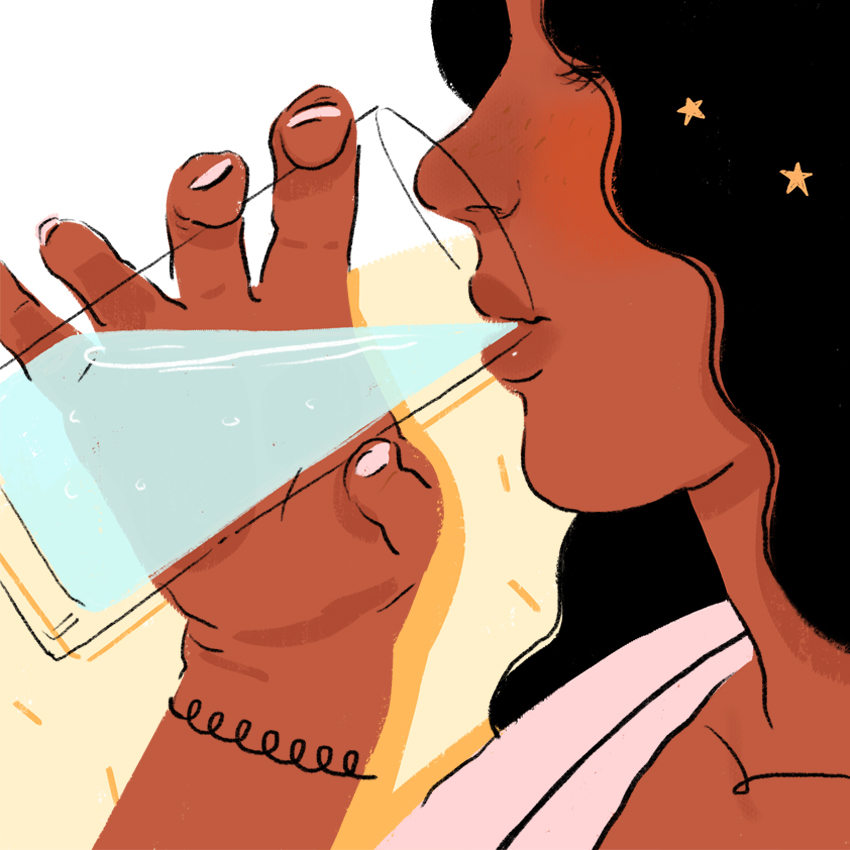
When your skin feels sun damaged/sunburned, water is its best friend. Taking a shower (make sure it’s cold water; hot water will create more irritation) will help to soothe your skin. Drinking plenty of water will hydrate it and speed along the healing process. If you want, you can add a few blueberries or watermelon to your water. Both contain nutrients that help to heal sun damage, too.
4. Take Some Vitamin C
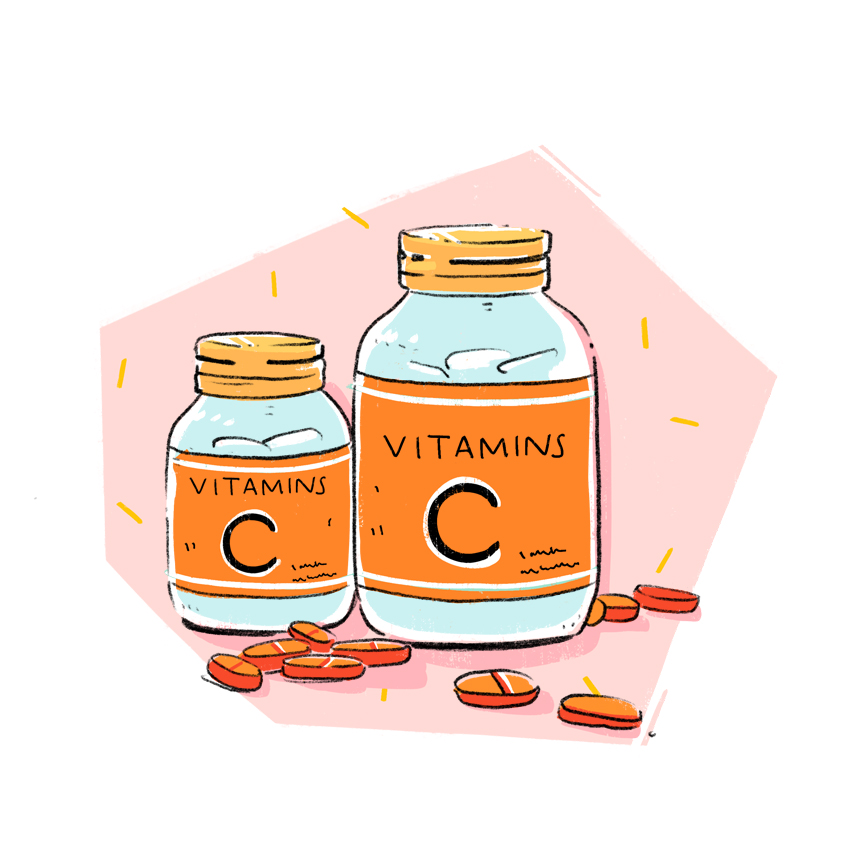
Vitamin C is loaded with antioxidants. That’s good news because antioxidants are what help to fight off the free radicals that are oftentimes triggered by UV exposure. Another benefit of vitamin C is that it supports the growth of collagen in your body. The more collagen your skin has, the healthier it will look and feel.
Foods that contain vitamin C include citrus fruits, bell peppers, kale, broccoli, mango, kiwi, and strawberries. You can also take a collagen supplement if you’d prefer.
5. Apply Some Coconut Oil

Contrary to popular belief, coconut oil is NOT a reliable sunscreen because it only blocks 20% of the sun’s damaging rays. However, if you’re looking for another way to heal your skin from sun damage with something you likely already have on hand, coconut oil is awesome thanks to its antibacterial and antifungal properties — ones that will soothe, moisturize, and penetrate your skin’s layers.
You can use it alone, or to take out the sting even faster, mix it with some aloe vera and organic grapefruit essential oil.
6. Bathe in Baking Soda
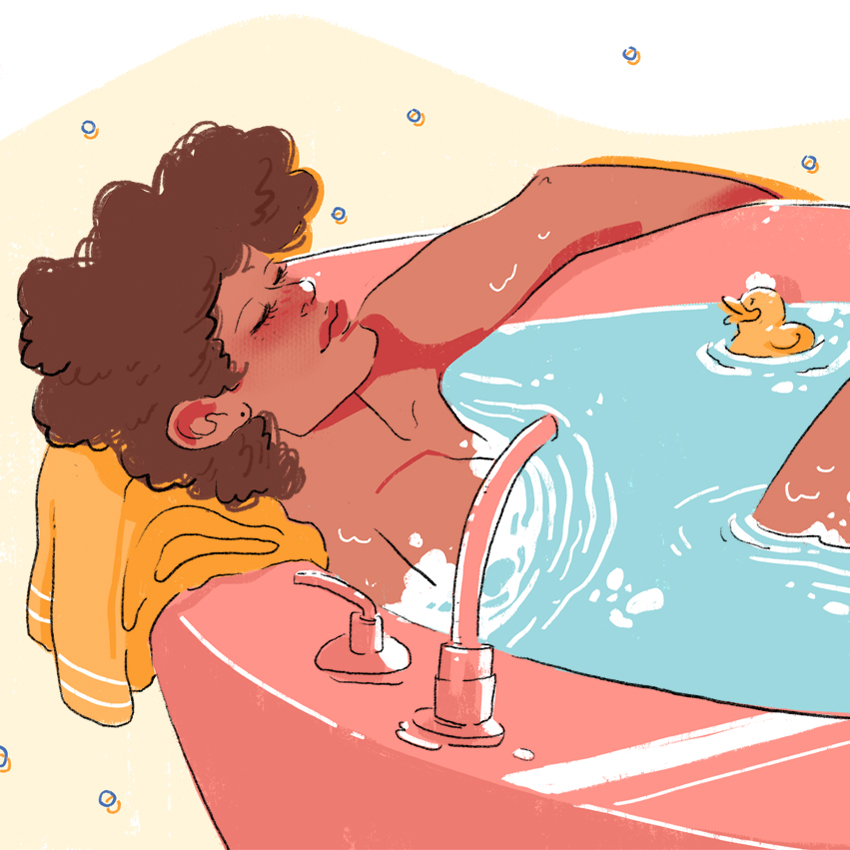
We already mentioned that baking soda can be a great exfoliant. It’s also something that can bring relief to your skin if you put a cup or two of it into your bathwater and soak in it for 20 to 30 minutes. The properties in baking soda can help to restore the pH balance levels in your skin, decrease pain, boost blood circulation, and also promote healing.
7. Try a Little Lemon Juice

If you’ve got sunspots or uneven skin due to sun damage, a little lemon juice might be all that you need. Lemon juice is one of Mother Nature’s bleaching agents; plus, it’s another way to exfoliate your skin.
Just make sure to apply it to skin that doesn’t have sores or blisters on it. Otherwise, it will sting your skin and could cause further irritation.
Cosmetic Procedures 1. Get a Photofacial
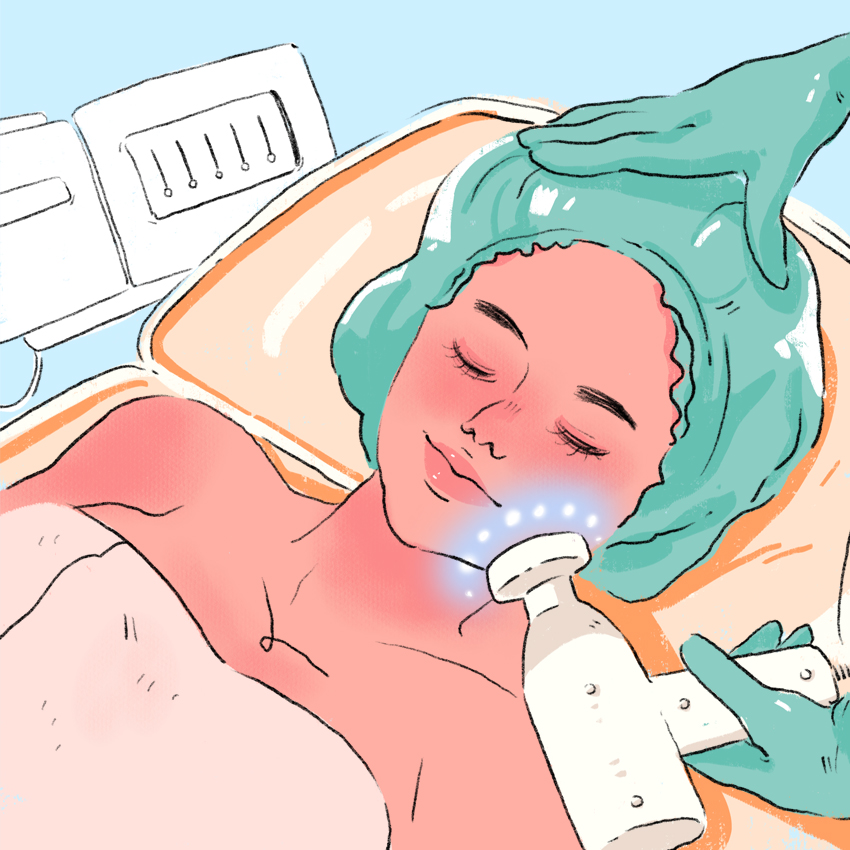
Now that we’ve explored a few home remedies, let’s touch on a couple of cosmetic procedures that you can take outside of the home if you want quicker or longer-lasting results.
One approach that you can take is an intense pulsed light (IPL) laser treatment, also called a photofacial. The treatment consists of a dermatologist using lasers to temporarily close off your blood vessels. The lasers can then heat up the melanin in the lesions of your sunspots so that they can break apart and be absorbed in your body. The process requires one visit a month for three to five months, and there are no long-term side effects.
2. Try LED Lighting
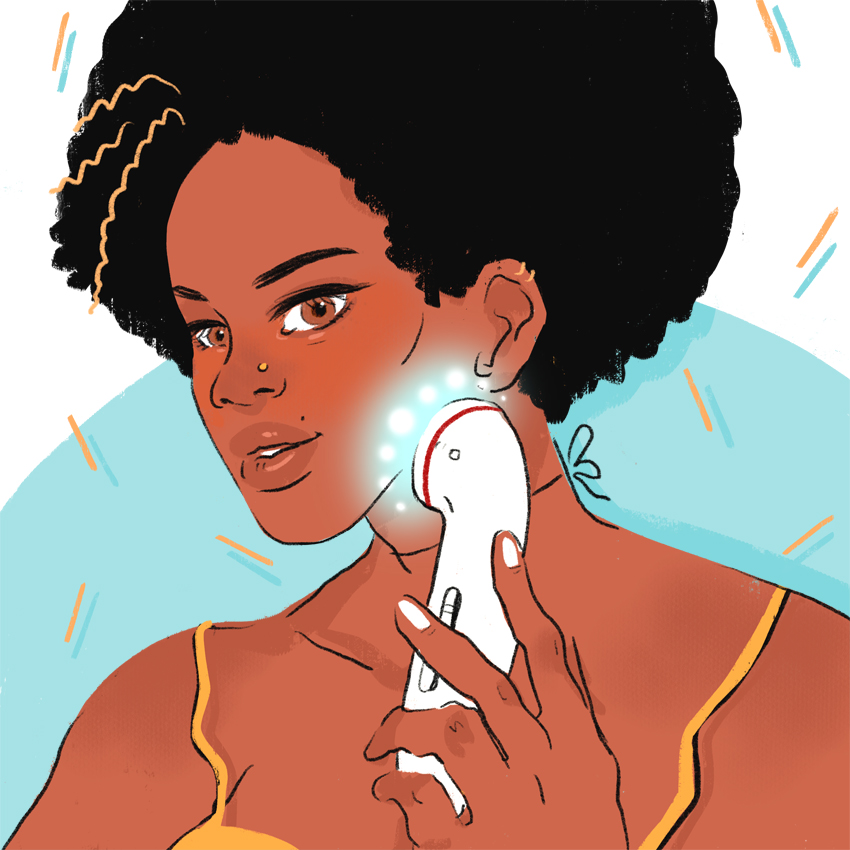
It’s kind of ironic that one way to treat sun damage is light therapy, but it’s true. The proper kind of LED light therapy can help to revive the collagen cells in your skin to stimulate collagen production while softening lines and wrinkles that sun damage can create.
(In most cases, you’ll need six to 10 treatments to restore your skin.)
See a Dermatologist

When you have minor cases of sun damage, you can usually treat those yourself. But if you have numerous blisters, layers of your skin are peeling off, or some new or oddly shaped moles are appearing on your skin, you should definitely not self-diagnose. Instead, make an appointment to see a reputable dermatologist.
Remember, your skin is your largest organ. Give it all of the loving care that it deserves — every season of the year.
Pin It!

Add this graphic to your Pinterest boards to learn more about these easy and effective ways to treat your skin at home.

